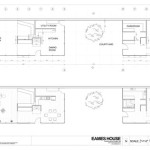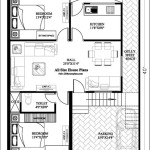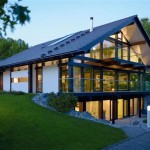Horse Barn Floor Plans: Essential Considerations
Designing a horse barn is a complex undertaking that requires careful planning and consideration of numerous factors. One of the most crucial aspects is the floor plan, which outlines the layout and functionality of the barn. Creating an effective horse barn floor plan involves balancing various requirements, such as horse welfare, operational efficiency, and cost-effectiveness.
Horse Safety and Comfort
The primary concern in any horse barn is the safety and well-being of the horses. The floor plan should prioritize spacious stalls that provide ample room for movement and lying down. Stalls should be well-ventilated and have sufficient natural light. Proper drainage and moisture control are essential to prevent hoof problems and respiratory issues.
Operational Efficiency
The floor plan should streamline daily operations and facilitate efficient horse care. Wide aisles are necessary for easy access to stalls and for maneuvering equipment. The location of tack rooms, feed storage, and grooming areas should be strategically placed to minimize wasted time and effort.
Waste Management
Proper waste management is crucial for maintaining a clean and healthy environment. The floor plan should incorporate designated areas for manure storage and disposal. Ventilation systems should be designed to remove odors and dust, ensuring a fresh atmosphere for horses and handlers.
Space Planning
The size and shape of the barn will dictate the available space for stalls, aisles, and other facilities. It is essential to allocate space wisely to avoid overcrowding and ensure adequate ventilation. Stalls should be arranged in a manner that minimizes stress on horses and allows for easy socialization.
Materials and Construction
The materials used in the construction of the barn floor will impact durability and maintenance costs. Concrete floors are the most common choice due to their strength and ease of cleaning. However, rubber mats may be added for increased comfort and to reduce injuries.
Drainage and Slope
Proper drainage is essential to prevent moisture buildup and potential health hazards. The floor plan should incorporate slopes to direct water away from stalls and aisles. Drainage systems should be regularly maintained to ensure proper functioning.
Lighting and Ventilation
Natural light is preferred for horse barns, but adequate artificial lighting is also necessary. Ventilation systems are crucial for air circulation and removal of odors and dust. Proper lighting and ventilation contribute to the overall health and well-being of horses.
Cost Considerations
Cost is an important factor to consider when designing a horse barn floor plan. The size of the barn, materials used, and complexity of the design will all impact the overall cost. It is important to strike a balance between functionality and affordability.
In conclusion, horse barn floor plans are a fundamental aspect of creating a safe, efficient, and cost-effective environment for horses. By considering these essential factors, barn owners and designers can optimize the functionality of their facilities while prioritizing the well-being of their animals.

Horse Barn Floor Plan Layout Tips

Easy Horse Barn Floor Plan Design Designs

Horse Barn With Massive Rv Bay 95142rw Architectural Designs House Plans

Horse Barn Plans With Living Quarters Cad Pro

Horse Barn Design Ideas Pictures 17512 Sqm Homestyler

22x30 Lean To Horse Barn Plan With Added Bonus Tack Room 2 Stall Northern Heritage Horsebarn Plans

Horse Barns With Living Quarters Floor Plans Barn Designs Layout

Two Story Horse Barn Floor Plans Riverbend Timber Framing

Barn Plans 4 Stall Horse Living Quarters Design Floor Plan

Barns And Buildings Quality Horse All Wood Custom Barn Homes Rustic Home Facility Stalls








